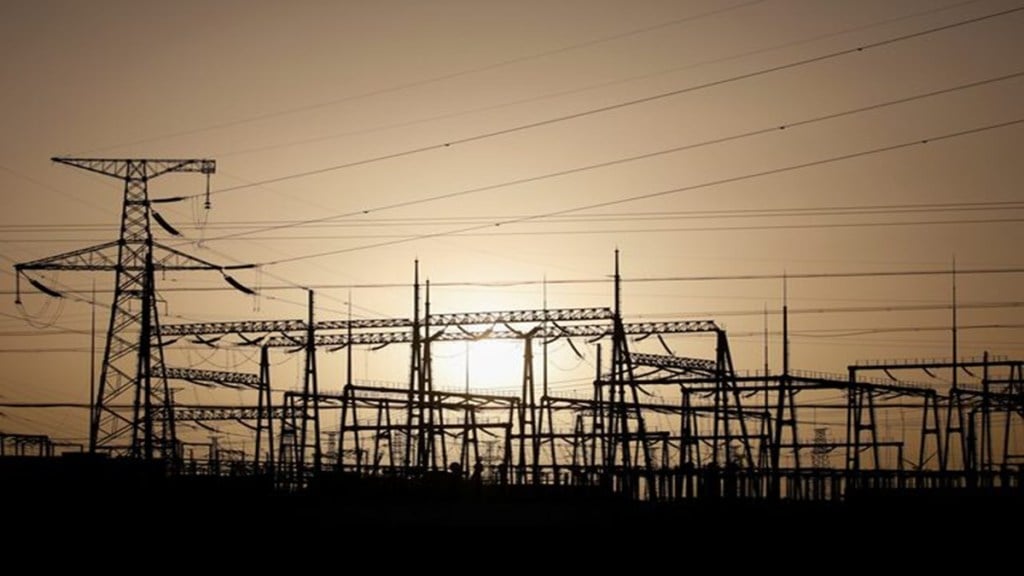By Anujesh Dwivedi
The central electricity regulator has approved phase-wise introduction of market coupling in power exchanges. From January 2026, it will be implemented in the day-ahead market of the exchanges. This is expected to help lower the price of power in the spot market, explains Anujesh Dwivedi
What is market coupling? How does it work?
Market coupling in India’s power sector refers to aggregating buy and sell bids from all power exchanges into a single central pool to determine a uniform market-clearing price (MCP) instead of having each exchange run separate auctions. The Central Electricity Regulatory Commission (CERC) has approved its phase-wise implementation, starting with the day-ahead market (DAM) by January 2026, followed later by term-ahead market (TAM) and real-time market (RTM). The three power exchanges in the country — Indian Energy Exchange (IEX), Power Exchange India Ltd (PXIL) and Hindustan Power Exchange (HPX) — will function as rotating Market Coupling Operators (MCOs) under a round-robin system, backed by Grid India and overseen by regulators. Market coupling enables optimal utilisation of transmission capacity as crossflows reduce requisition for flow across regions and states, eliminating congestion in transmission corridors. The model is also likely to lower the price of power in the spot market by pooling liquidity, thus ultimately benefitting the end-consumer.
How will this help in lowering power prices?
By pooling liquidity and bids, coupling aims to align electricity prices across regions. This will eliminate distortions in price discovery due to splitting of volumes across multiple exchanges. As liquidity becomes uniform across exchanges, competition is likely to shift towards reducing transaction fees, potentially attracting more participants and further enhancing market liquidity. CERC has highlighted this would facilitate efficient functioning of the power exchanges and also help instill faith among the market participants in the power exchange operations in the country. In the shadow pilot run by Grid India, it was seen that in case of DAM coupling, overall welfare increased by Rs 38 crore (0.3%), overall volume cleared increased by 52 million units (0.2%), and negligible impact on price was seen due to skewed liquidity.
Impact on transaction fees & liquidity
Market coupling will pave the way for larger reforms like Market-Based Economic Dispatch (MBED) and co-optimisation of the ancillary market and energy market, which will eventually deepen the relatively shallow spot market (currently ~7% liquidity) and improve resource allocation. At present, participants prefer exchanges with higher liquidity to improve the chances of bid clearance, further reinforcing liquidity on that exchange. Market coupling in the DAM segment is expected to reduce this imbalance and shift the competition among exchanges to transaction fees instead of liquidity. This could encourage greater participation from distribution companies, industrial buyers, and generators, further deepening the market. Coupling is aimed at removing distortions arising due to fragmentation of markets leading to low liquidity and instances of aggressive bidding by supply side as witnessed in the past. A more accessible trading environment may also attract new entrants and enhance the efficiency of the electricity spot market.
Competition among exchanges
Price-setting power would no longer be a differentiator for any exchange as pricing would become uniform across exchanges. This could boost competition, offer innovation for the end-customers, and diversify participants across platforms. The “round-robin mode” is expected to assist in the effective operations of the power exchanges. In the absence of market coupling, similar contracts on different exchanges often clear at different prices. Market coupling will ensure uniform market clearing prices for similar contracts across exchanges. However, in the initial phase (starting January, 2026) the impact would be limited to the DAM portion of the market only, which is about one-third of the total spot market. As coupling is implemented across various market segments, exchanges will have to focus on building other customer service differentiators for developing competitive advantage and gaining customer loyalty.
Global best practices
Market coupling is a common practice globally. Coupling in Europe dates back to 2006 when Netherlands, Belgium and France coupled their day-ahead markets. They were joined by Germany and Luxembourg to create the coupling of Western Europe. Since then, the coupling of regional markets and their further unification at the EU level has continued to improve the efficiency of resource allocation and reducing price differences across regions. Additionally, balancing energy over a wider area has allowed for better leveraging of geographical and technical diversity of the constituent sub-systems which has, in turn, enabled integration of higher proportion of renewal energy capacities.
Similarly, in India, market coupling is expected to create a unified electricity market by aggregating liquidity and establishing a single market clearing price across exchanges.
The writer is partner, Deloitte India.
Disclaimer: Views expressed are personal and do not reflect the official position or policy of FinancialExpress.com. Reproducing this content without permission is prohibited.
